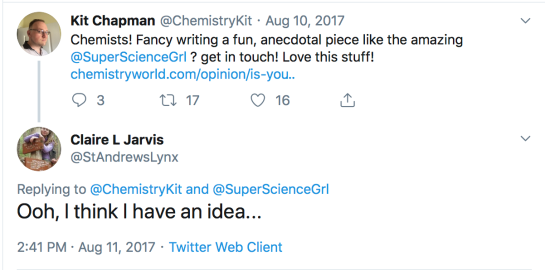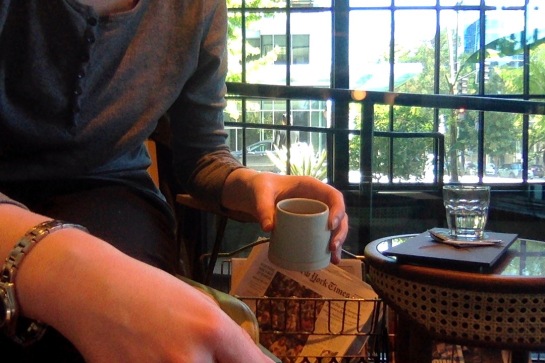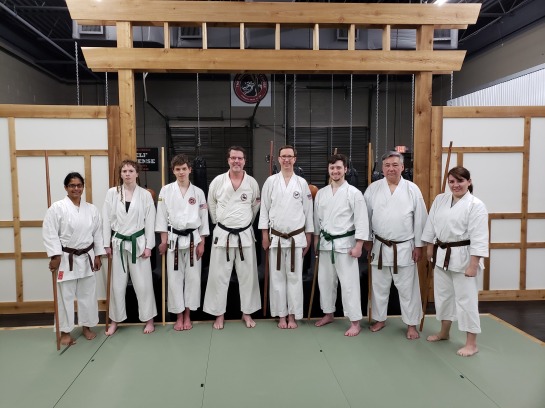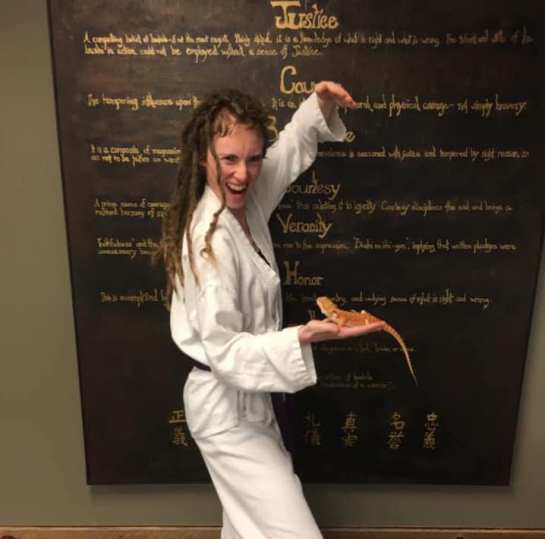In late 2018 I got my first feature assignment. I felt suitably pleased with myself.
Most editors aren’t hostile to receiving feature pitches from less-experienced writers. Nor have I encountered any editorial policy of refusing to accept pitches from writers with < x years experience.
It’s a hard sell, though. Feature articles come with a higher rate of pay…so from the viewpoint of an editor they’re more expensive, thus fewer opportunities are available. They take time to research and write, and it certainly takes an editor more time to comb through 3,000 words and provide comprehensive feedback. An editor doesn’t want to assign a story to a new writer, wait 1 month for them to deliver the piece (during which time they may have to decline or delay other pitches) only to wade through 5 pages of text and realise there’s serious problems.
Having those 3-5 clips is not just about establishing your experience; from the perspective of the editor it’s risk mitigation. You (the writer) are arguing that you can deliver what you are promising.
For this reason, my advice when pitching your first feature: be unimaginative and disingenuous.
You may be someone like me who is crackling with ideas of varying quality but excessive variety. Or you’re desperate to break out of your boring wheelhouse. However, your first feature pitch should be on a topic well within your expertise. Either it’s on the same topic as something you’ve already written about as a short news article or opinion piece; or it’s a solid part of your education background (“I have a PhD in this/I did research on this”). I don’t mean that the idea should be unimaginative and disingenuous, only that your argument to the editor about why you should write it must be. Once you succeed at the first assignment you can pitch more imaginatively, because now it’s clear you can write features.
Which brings me to my “safe topic.” I’d started my science writing career at a student newspaper, and I knew I wasn’t the only one. While a postdoc I became Editor of the university’s Postdoc Science Writers Magazine. I was 100% qualified to write about student newspapers. The Open Notebook explicitly asked for pitches about breaking in to science writing (so I knew I was pitching an article that fit the venue).

My pitch to the editorial team.
The pitch (above) was accepted. With hindsight and a bit more experience, it would have been better if I included the names of people I planned to interview as sources. Source-chasing is the hardest part of the article development process. People are flaky. Experts in the field have crammed schedules, weeks of international travel and 30 minutes availability for a phone call at what turns out to be 2.30am on a Monday morning in your time zone (Australians are great…just don’t make me interview them). Many publications want a minimum number of sources per feature, so your great article idea will fail/be delayed if you can’t get enough people to talk to you. Having a list of source email addresses ready to copy and paste into messages the instant your pitch is accepted will make the deadline so much easier to meet.
 That’s a digression. My feature article got through development, editing, fact-checking and copyediting. It may not be a viral sensation or accumulate heavy website traffic, but for a small audience it hopefully will prove to be useful.
That’s a digression. My feature article got through development, editing, fact-checking and copyediting. It may not be a viral sensation or accumulate heavy website traffic, but for a small audience it hopefully will prove to be useful.








 I realise this photograph raises more questions than it answers. But as we say in Okinawan Shuri-Ryu: ‘Karate is my secret.‘
I realise this photograph raises more questions than it answers. But as we say in Okinawan Shuri-Ryu: ‘Karate is my secret.‘
